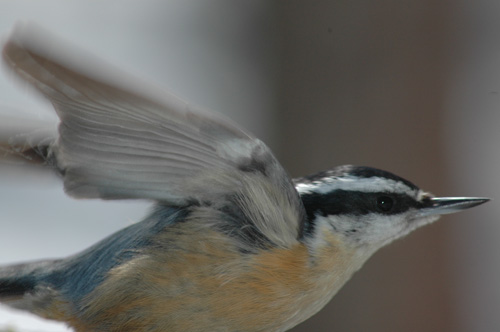
As an editor, teacher, and writer, I always read with an eye toward learning about the writing craft. My books on writing could take flight in a strong wind, so many scraps of paper stick out of them, marking important points that I want to teach or use in my own work. The most easily accessible bookshelves in my house are filled with books that are reliable go-to sources for a beautifully crafted sentence, or an exceptional opening, or a compelling description. Regrettably, the bigger lessons—narrative voice, character development, the rising arc of tension and conflict—can rarely be illustrated in a short section suitable for class.
One exception to that is a two-page segment in a novel called Daughters-in-Law by Joanna Trollope. Joanna Trollope (and yes, she is related to Anthony Trollope, the nineteenth-century British novelist) is a favorite author of mine, whom I first discovered in the early 1990s. She writes seemingly simple novels about families—husbands, wives, lovers, siblings, children, in-laws—that are deft and thought provoking and memorable. This particular novel, as the titles indicates, is about how a family’s dynamics shift and restructure when the third of three sons marries a strong-willed woman. But that’s not the point of my little lesson here.
My favorite character in this book is Anthony, father of the three sons and a well-known painter of birds. One of his daughters-in-law, in fact, is a former student of his. At the end of the book, when the various marital and parental/child crises have been resolved (until the next one arises) Anthony is in his studio, surveying the “studio shelves … crammed with [bird] skeletons.” Anthony meticulously, again and again, studied the skeletons of birds so that he could paint birds that seemed alive. “I’ve kept it all going … because not only can I see, but I can, with this hand and this brain, translate what I see in such a way that other people can see it too. I can make birds live on paper. And these old bird bones … were part of that process, part of the looking and looking, until you really understand how something works and can then reproduce it …”
Although writing uses a different tool from drawing and painting—words rather than images—as artists, both writers and painters try to do the same thing: create a believable, knowable reality. (Obviously, I’m ignoring the large school of painting that does not recreate the world in recognizable form.) As Anthony must study the skeletons of birds, as well as living birds, in order to faithfully render a bird in flight, aware of the differences in how a hawk soars and how a duck tirelessly flaps its wings, so must a writer study the inner workings of her characters until she knows, deep in her bones, how those characters move, how they sit when uncomfortable, how they laugh when they are in fact angry, how they respond when someone yells at them or when someone says “I love you.”
John Gardner wrote that writers must create a “vivid and continuous dream,” and that a false word can wake the reader up from that dream. A writer therefore must take care to know her characters thoroughly, to develop them convincingly, to allow them to act according to who they are rather than what the writer had planned for them, back in the beginning, before she knew them all that well.


2 thoughts on “Know Thy Characters”
Terrific!
This is delicious. Ah, “the looking and looking” … Thank you for your always instructive and ever wise words. You’ve also reminded me herein to get started reading Joanna Trollope!